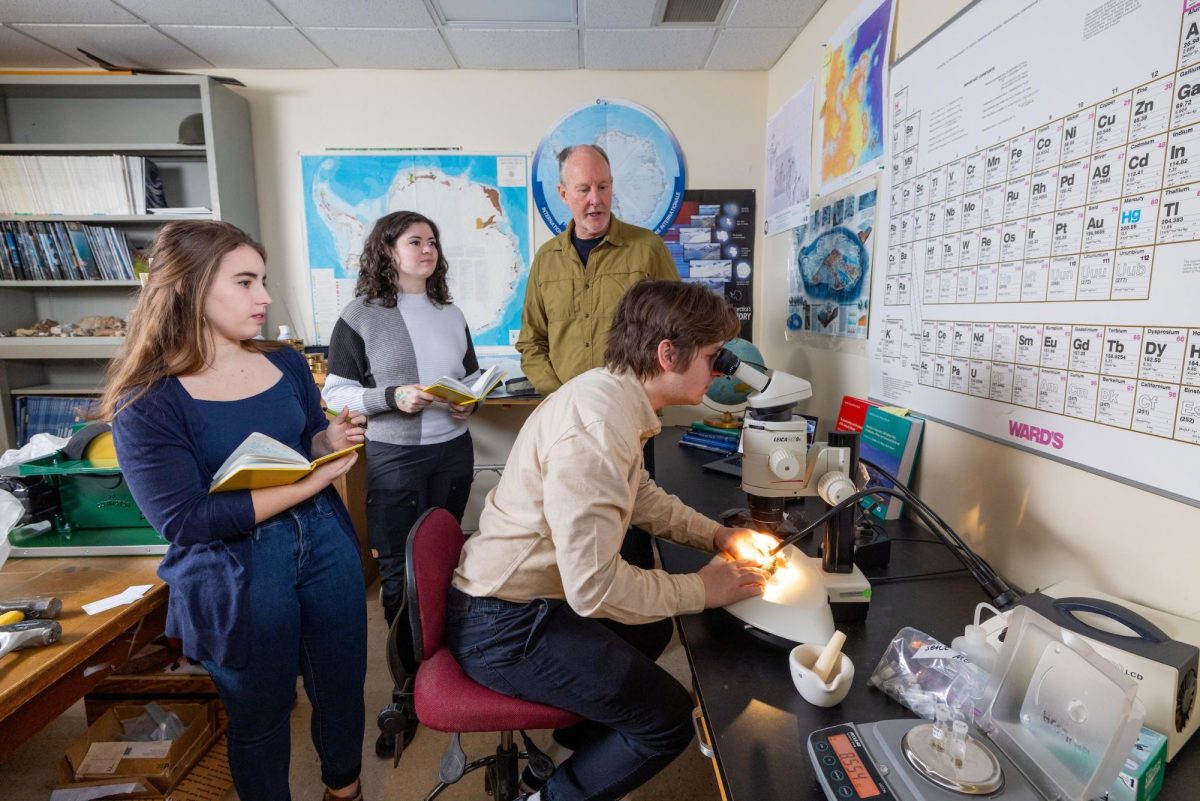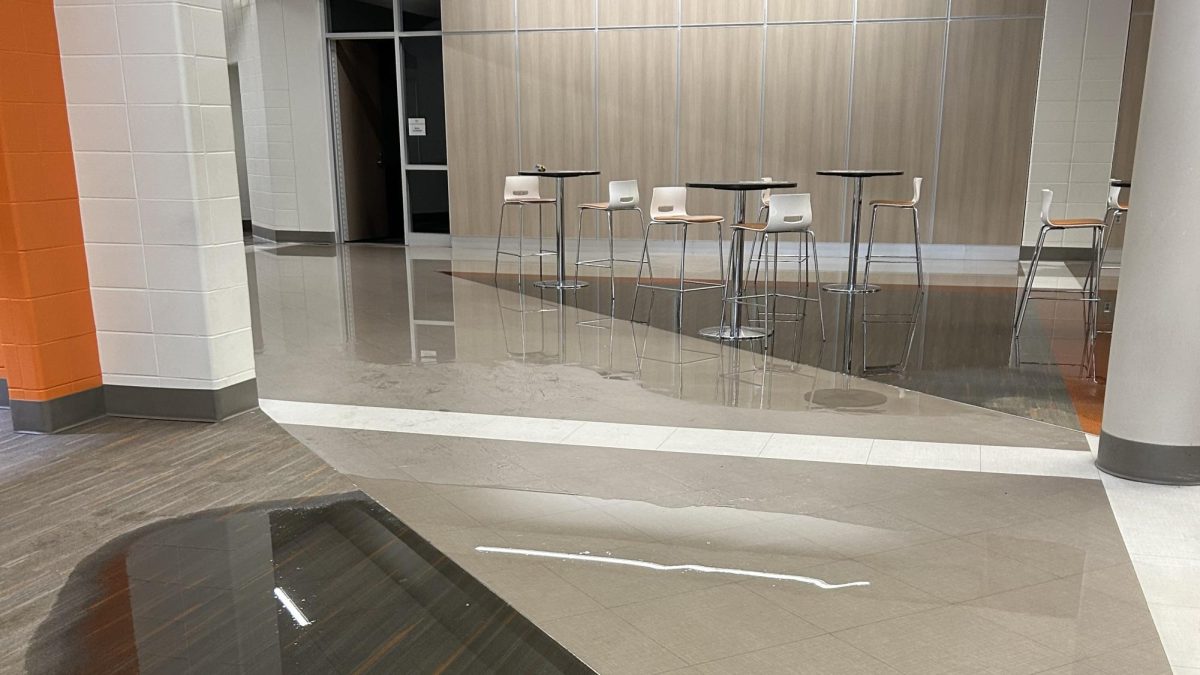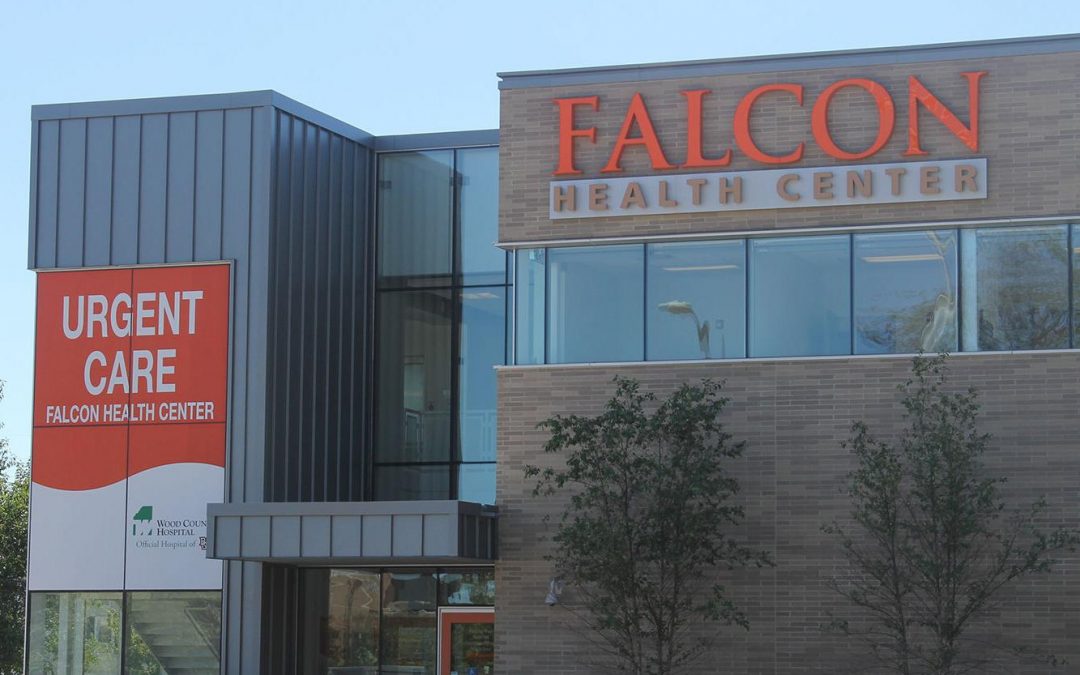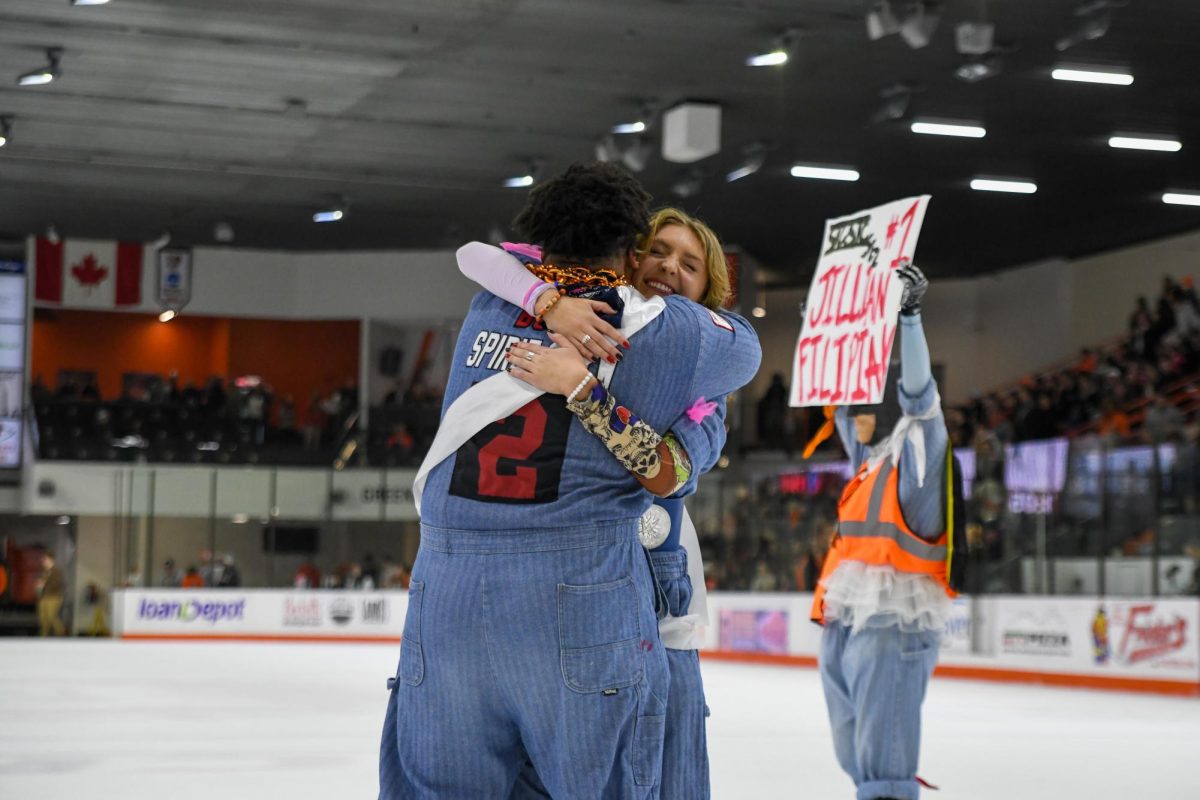At the Montessori School of Bowling Green, everyone is a teacher. Sure, certified adults patrol classrooms to keep students on track. But in classes mixing children from three consecutive grades, third-graders mentor first-graders, and sixth-graders help fourth-graders. The kids’ main teachers, however, are themselves. One pre-schooler traces shapes, while another matches three-letter words to pictures. In a quieter class of older students, one picks a book, and another grabs a math game. No one is lecturing. No one is following a lesson plan.
This is but one of many Montessori schools nationwide, all founded on a principle established nearly a hundred years ago by Dr. Maria Montessori: Children learn best at their own pace, using all their senses.
Marie Pendleton, executive director of the school, shares this philosophy, which led her to start the local Montessori school in 1983. The school’s sense-based approach to learning shuns the idea that textbooks must be the foundation of education. Math problems aren’t just in books — beads can represent numbers. So can blocks. Or anything else.
“Through this method, they feel it, they touch it, they draw it,” Pendleton said.
Though classes lack a specific structure, chaos is not the result. Children learn organization skills because they take more responsibility, according to Pendleton.
“There’s never a whole play time or a whole cleanup time,” she said. “Everything is neat and orderly.”
The Montessori method also helps ensure that students don’t get left behind or dragged down, Pendleton said. “They can do extra review if they need it, and they can fly through curriculum if they understand it.”
But not everything is perfect at the school because of its location at 630 S. Maple St.
The school needs a gymnasium — administrators would like to have one built on its east side. The problem: Maple Street comes to a dead end on that side. The city has “Right-of-Way,” which entitles them to extend the street in the future. Should they ever exercise this right, Maple would run through school property and through the gym.
Bowling Green City Council will hold a public hearing May 5 about whether or not they will give up the right to extend the street. They could vote on it that same night, according to B.J. Fischer, council president.
“This Maple Street thing has been a controversy, but I think we’ll get it all worked out,” Fischer said.
The lack of a gymnasium is one of the few downsides to the school, according to Melissa Griffiths, an early childhood education major who spent much of the semester student teaching at the Montessori school.
Beyond this flaw, Griffiths can’t find many others. “I had a hard time thinking of something,” she said.
Having been raised on assigned-seat, lecture-based classes, Griffiths had her doubts about the school when she first began teaching there in January.
“I was apprehensive because it’s not what I’m used to,” she said.
In time, she learned that games, puzzles and other educational tools can work like textbooks.
“When I saw the students actually learn using them is when it clicked,” Griffiths said.
More students have recently been choosing this method, according to Pendleton. The school teaches 140 students now — 10 more are enrolled for the fall.
In addition to the gym, she wants extra classrooms built on the school’s east side to accommodate more junior high students. Only two seventh-graders attend the school now, but more are set to enroll in fall. They also plan to teach eighth grade in the future. Emily Sankovich is a proponent of the Montessori method — and not just because she is an assistant teacher at the school.
Sankovich only began teaching after making sacrifices to enroll her three children at the school.
They originally dove 45 minutes a day to Bowling Green from Tiffin, where Sankovich’s husband works. They later compromised and moved to Findlay — all to bring her children to the Montessori school.
“We rearranged life for this school,” she said.
Years ago, Sankovich was intrigued by an article she read about the Montessori method, which was originally used to help mentally deficient students catch up to their more advanced peers. “I really liked the idea of being able to see the math instead of learning abstractly,” Sankovich said.
Now her 14-year-old son, a Montessori school graduate, is flourishing at Findlay High School, according to Sankovich. Aside from passing his freshman proficiency tests and doing exceptionally well in geography, he seems to enjoy education for its own sake, she said.
“It’s as if they have a thirst for learning — an inquisitiveness,” Sankovich said. “A lot of things here, he took with him.” Though its method is unusual, the Montessori school must still prepare students for the future.
Teachers make sure students meet this goal, but the children do much of the motivating themselves.
“The older children give younger children something to aspire to,” Sankovich said. “(Younger children) can’t wait to do what the older children are doing.”
Older students also gain from the mentoring process, she added. “If an older child can teach a younger child, that’s how we know they’re ready to move on.”
The history of the Montessori method
Maria Montessori, known for developing a method of learning based on using all of one’s senses, was born in 1870 in Chiaravalle, Italy. In 1896, she became the country’s first female physician, working at the University of Rome. At the University, she developed an interest in studying children, which eventually led her to leave medicine in 1907 to further her studies.
Today, hundreds of Montessori schools across the nation — mainly on the east coast — use the methods she promoted. Much of what she learned came from her observations of how children learn from their surroundings.
She explained her reasoning in her book, Education for a New World: “…education is a natural process spontaneously carried out by the human individual, and is acquired not by listening to words but by experiences …,” she wrote. “Human teachers can only help the great work that is being done, as servants help the master.” Alexander Graham Bell, a proponent of her methods, founded the Montessori Educational Association in 1913, the same year Montessori first visited the United States.
Sources: www.montessori-namta.org www.montessori.edu







